-
Welcome to 4Runners.com!
You are currently viewing as a guest! To get full-access, you need to register for a FREE account.
As a registered member, you’ll be able to:- Participate in all 4Runner discussion topics
- Transfer over your build thread from a different forum to this one
- Communicate privately with other 4Runner owners from around the world
- Post your own photos in our Members Gallery
- Access all special features of the site
How does my 2001 4Runner Limited get "power brakes"?
Discussion in '3rd Gen 4Runners (1996-2002)' started by DLO_Houston, Sep 27, 2024.

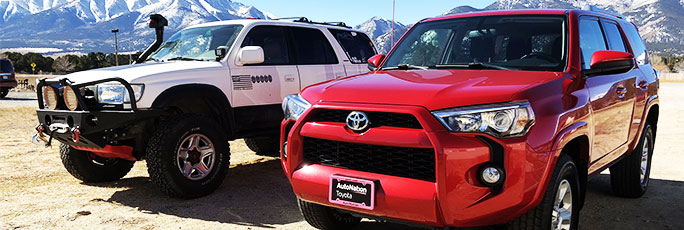
 Long Travel Rear End
Long Travel Rear End Coolant in my exhaust
Coolant in my exhaust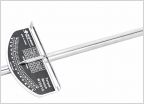 Name of part that goes from the air box to the engine itself?
Name of part that goes from the air box to the engine itself?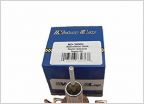 2001 4Runner wont crank
2001 4Runner wont crank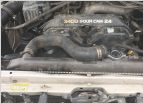 3rd gen 4runner w/ 3.4
3rd gen 4runner w/ 3.4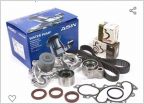 Help! Budget friendly, reliable Timing Belt kit
Help! Budget friendly, reliable Timing Belt kit









































































